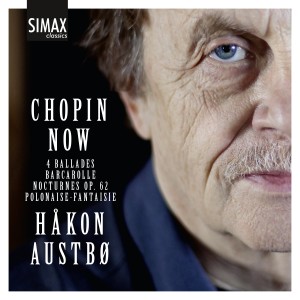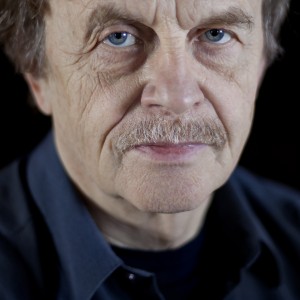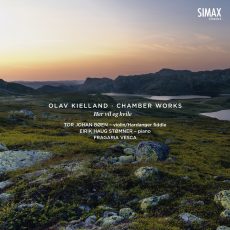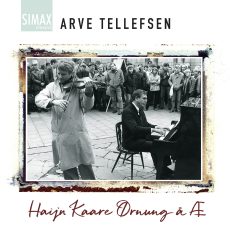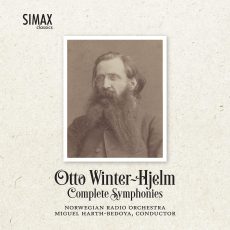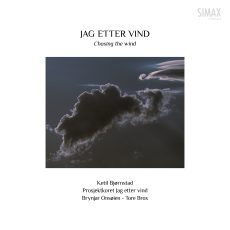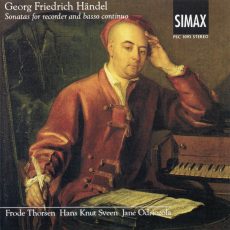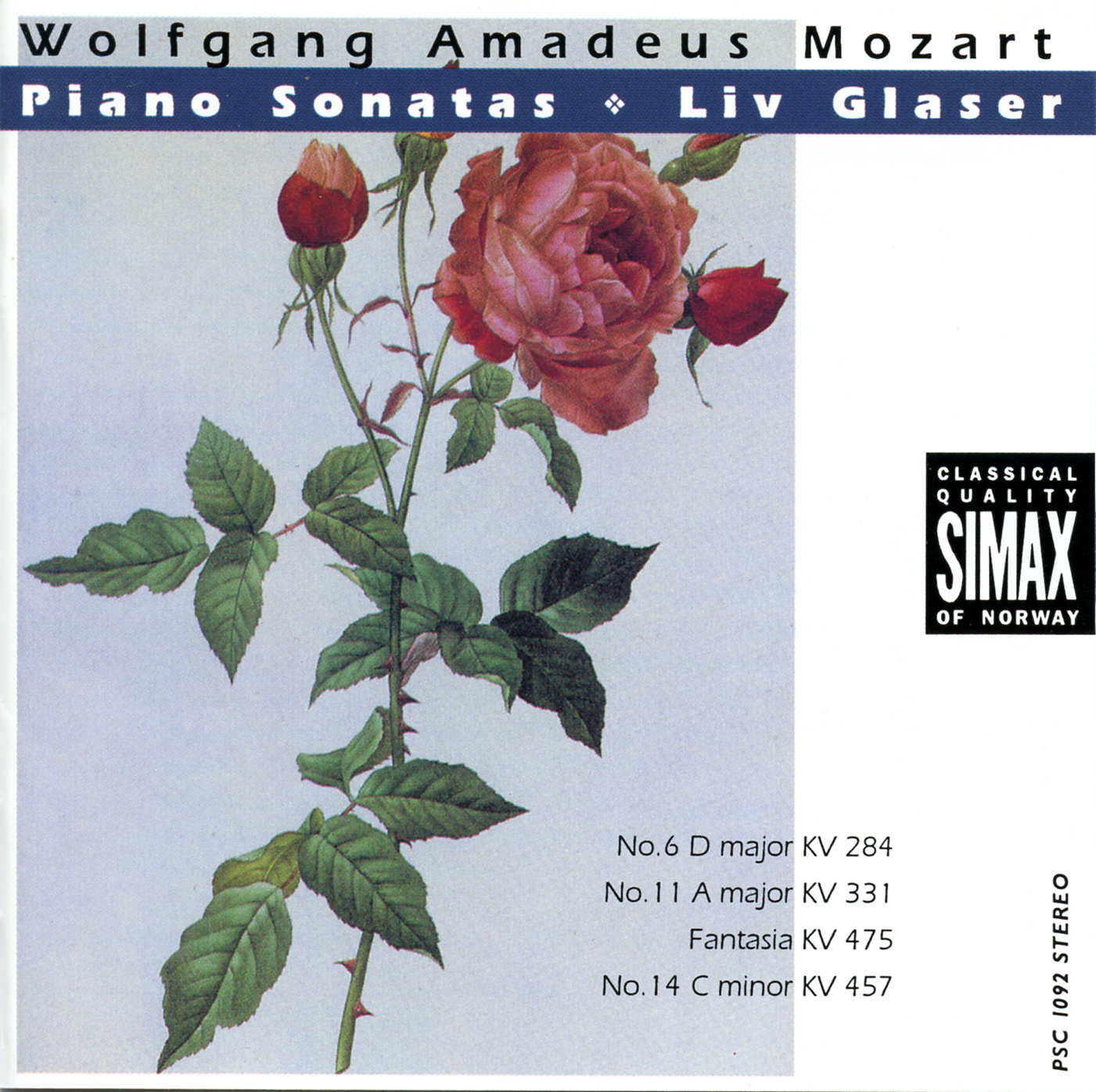Let us agree: the poet Chopin was to a very small degree a dreamer. On the contrary, every day he went determinedly to his musical laboratory. Håkon Austbø focuses on central works of Chopin’s late period on this release – in outstanding interpretations reflecting the composer’s intolerance to anything superfluous.
Development
Chopin was an artist who remained to a large extent unaffected by external influences, working in solitude. According to Schumann, Chopin was the first to use the term ballade about a piece of music without a text. These pieces, which he worked on over a period of 11 years, also represent something completely new in his production, with regards to both form and technique. Grace notes and ornaments – which with Chopin has certainly always been on the boundary between passage work and melodic structure – are now as good as erased. The Barcarolle is another example of how Chopin could make use of an apparently inexhaustible compositional imagination within a strict framework.
Visionary dreaming and skinless thought
In his project, the exquisite pianist Håkon Austbø works towards the core of Chopin’s late works, where the composer follows his desire to broaden and lengthen unstable sequences – on several levels. Likewise he creates expectations that are not fulfilled and cultivates the fragmentary – like in the Polonaise-Fantasy. Musicologist Olaf Eggestad makes a liner note point of how the late style of Chopin is particularly relevant in our own times – where empirical knowledge and poetry are not contradictions.
The Reflective Musician
Håkon Austbø has been active as a pianist for over 50 years. His first performance with an orchestra in Bergen in 1963, and his first recital in Oslo in 1964, earned him much acclaim at an early age. After 40 years abroad he returned to Norway 10 years ago. The release of ‘Chopin Now’ coincides with the end of the big research project ‘The Reflective Musician’ which Austbø has headed at the Norwegian Academy of Music. The project works at the unveiling of forces which lead to genuine and personal interpretations of classical and contemporary works. This implies looking with fresh eyes at well-known repertoire, free from the ballast of tradition.










